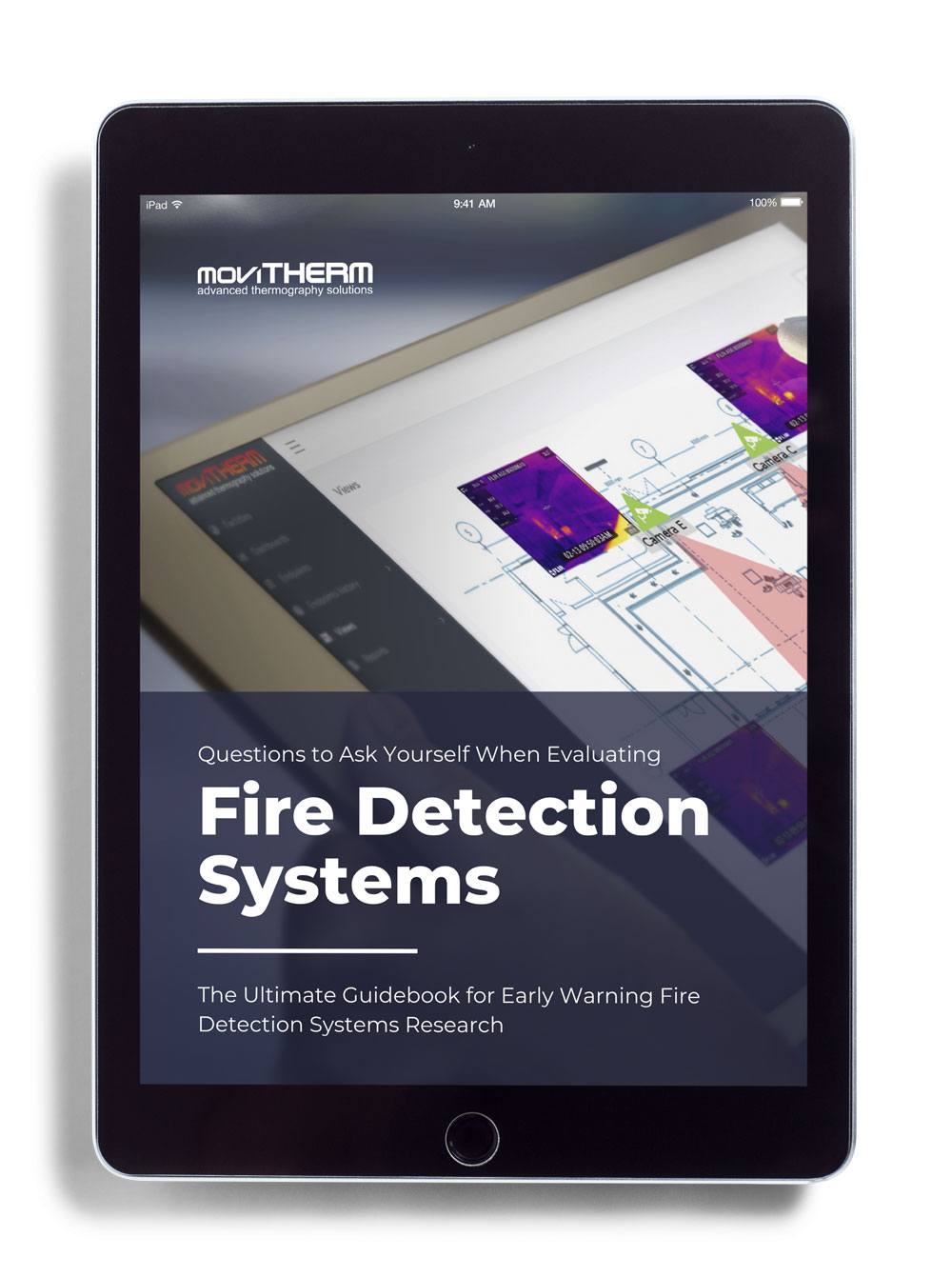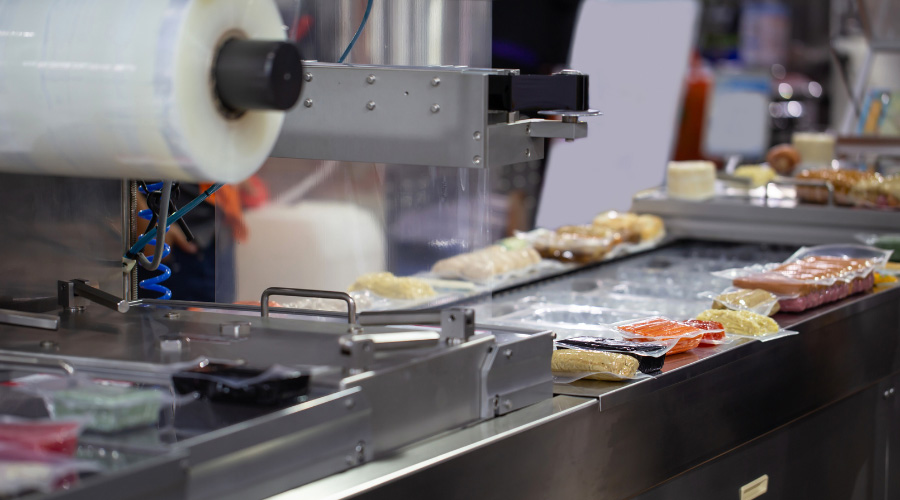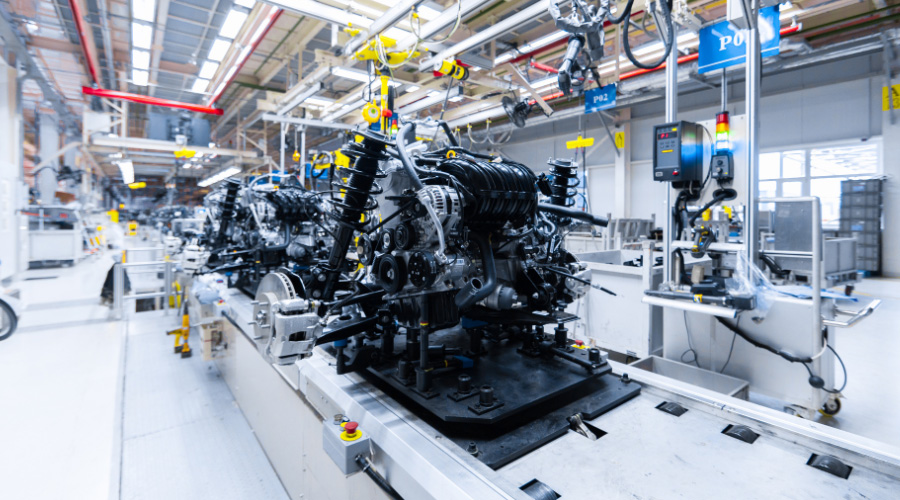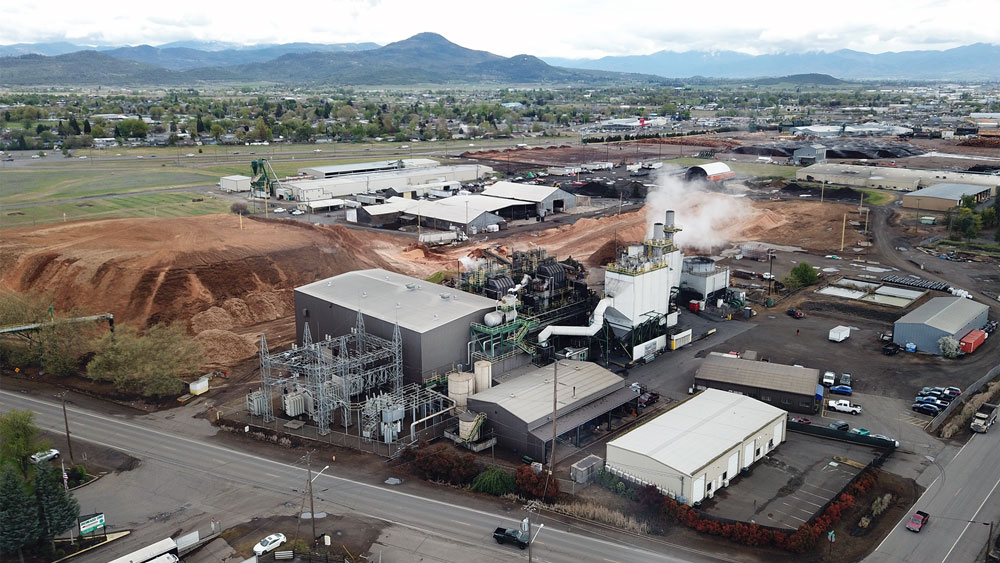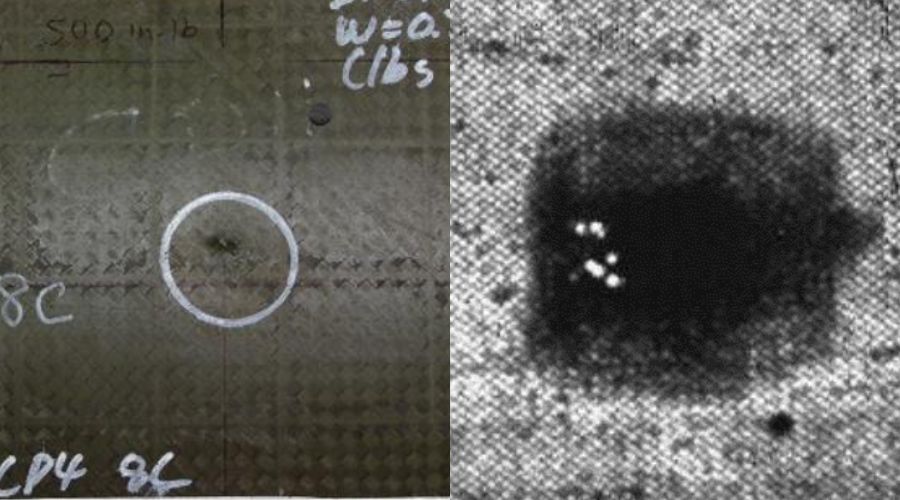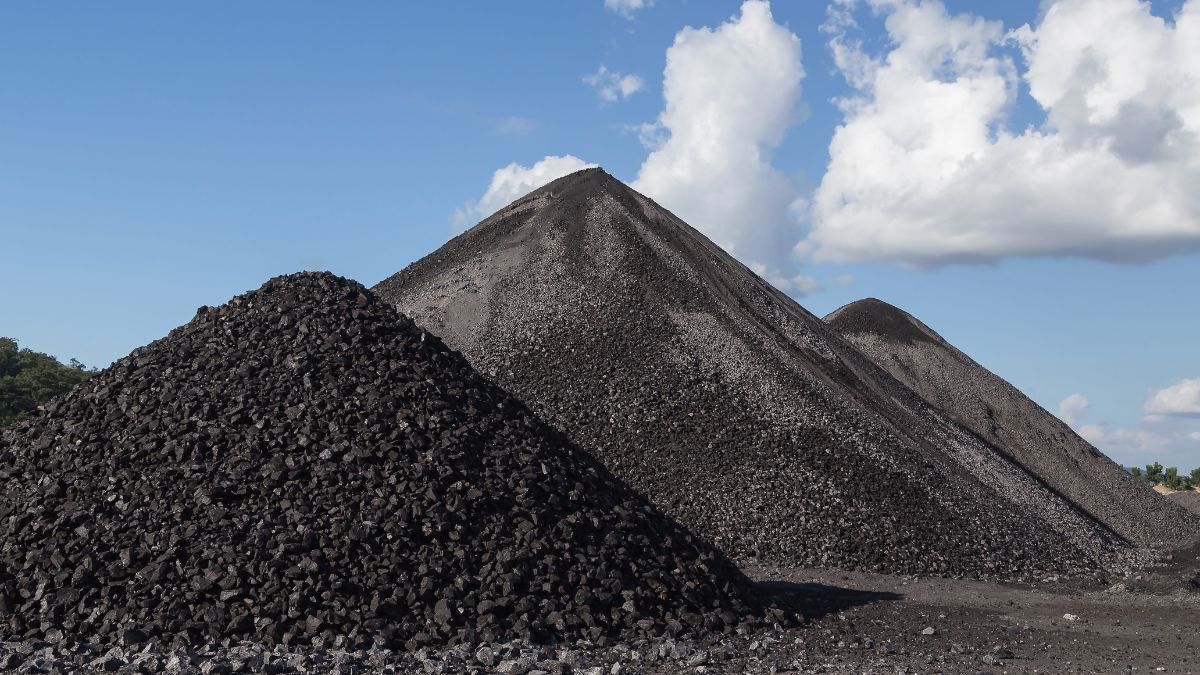
Coal Pile Monitoring Applications for Fire Prevention
Overview
Companies that store, handle, and transport coal are finding ways to mitigate and prevent fire damage from spontaneous combustion by implementing the Industrial Internet of Things (IIoT) with early fire detection technologies, like infrared cameras.
Heat, oxygen, and fuel are the essential ingredients needed to start and keep a fire burning. In the spontaneous combustion of coal, coal acts as the fuel that, when exposed to air, leads to oxidation, and produces heat.
The general reaction for the oxidation of coal is as follows:
Coal + O2 → CO + CO2 + H2O + HEAT
Suppose the heat generated by the oxidation process is not allowed to dissipate but is retained. In that case, the coal body temperature increases, thus accelerating the reaction rate exponentially, and if not treated, it can result in spontaneous combustion. Studies estimate that for every 18°F rise in temperature, the reaction rate can double.
The oxidation of coal can occur anywhere coal is accumulated and exposed to oxygen. The risk of spontaneous combustion exists at multiple points along the coal supply chain.
Coal Supply Chain
The early detection of hot spots in coal piles is critical if the spontaneous combustion process is to be avoided. Unfortunately, though, detecting early-stage fire formation within a coal pile is difficult. For example, the surface temperature of the coal pile may be near ambient, with internal temperatures being much, much higher. Traditional methods of installing thermocouples can be used but are susceptible to damage during material transport. Spot measurements can also be used but do not detect gradient effects. Monitoring temperature trends over time is generally more helpful in detecting the early onset of coal pile heating with mitigation measures deployed before the situation becomes dangerous.
Coal Supply Chain Diagram
Early Fire Detection using Infrared (IR) Camera Systems
An infrared camera can see areas of warming-up on a coal pile early in the fire development process before forming smoke particles or flames. Even subtle changes in temperature just below the surface show as warm spots in a thermal image. IR camera systems are the first to alert on the pathway to ignition before a coal fire develops.
Pathway to Ignition
IR cameras operate on the heat transfer principle of radiation. The infrared camera has a focal plane array of detector elements that sense infrared light radiated from object surfaces. The radiation captured by the infrared camera detector is digitized, converted to data, and displayed as a viewable image. Calibrated IR cameras can report temperature measurements from specific spots, lines, and areas on live or recorded images. IR cameras are available in different pixel resolutions, lens configurations, and enclosure configurations to meet various installation requirements.
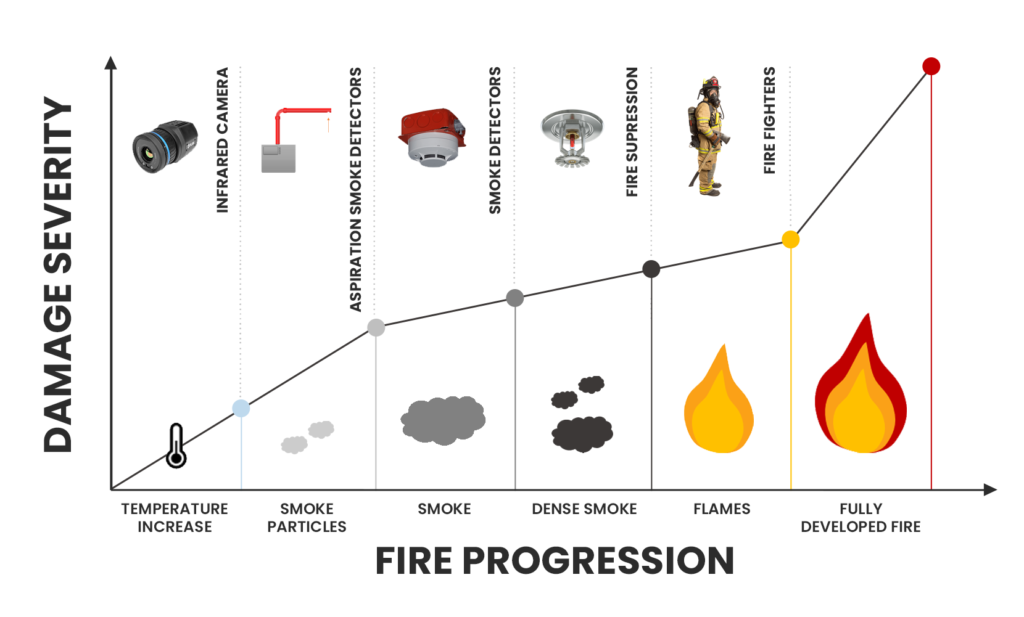
Graph of fire progression, showing infrared cameras are the first to detect fire.
What is IIoT (Industrial Internet of Things)?
The industrial internet of things (IIoT) refers to interconnected sensors, instruments, and other devices networked into industrial software applications that use advanced predictive analytics and artificial intelligence (AI). These connected networks create systems that can monitor, collect, exchange, analyze, and deliver valuable insights into a system or process. IIoT revolutionizes automation by using cloud computing to simplify integration and enhance process control.
IIoT and Early Fire Detection (EFD)
Fire safety is an area that can realize the benefits of IIoT when combined with infrared camera systems. By connecting sensors that alert at different stages of fire development and varying conditions for fire formation, potential fires can more readily be detected and prevented. With IIoT, safety alerts are sent to hundreds of people quickly and effectively. Communication options include voice calls, text, and email to targeted recipients, thus helping create quick and effective awareness. Another advantage to IIoT EFD is scalability. Facility managers can connect multiple facilities into central monitoring and alarming dashboards viewed from anywhere globally. Understanding the situation at all facilities improves the oversight and management of multiple systems from a single control point.
IIoT EFD systems can improve emergency planning by using algorithms to help quickly prepare better emergency and evacuation plans. For example, analytics can consider factors such as the number of people in the facility, facility maps, location of the fire, the rate at which fire is spreading, and the direction of the fire to come up with better evacuation plans. Analytics-based evacuation plans can prevent congestion by guiding workers to different locations for optimum evacuation routing.
Advantages of IIoT EFD with Infrared Cameras are summarized below:
- IR cameras can detect fire formation at the earliest stages.
- Fast and broad notification to keep workers out of harm’s way.
- Cloud-based connectivity and computing minimize hardware requirements.
- Automatic software updates keep systems running optimally.
- Capability to control external processes, alarms, and extinguishing systems.
MoviTHERM has developed its iEFD solution for coal pile monitoring. This solution integrates fire detection and other monitoring technologies to track temperatures and detect the formation of smoke particles at critical coal supply chain locations. MoviTHERM iEFD alerts the appropriate personnel when temperatures exceed expected limits or when smoke particles are present within the environment.
The following graphic illustrates a sample MoviTHERM iEFD solution for coal pile monitoring.
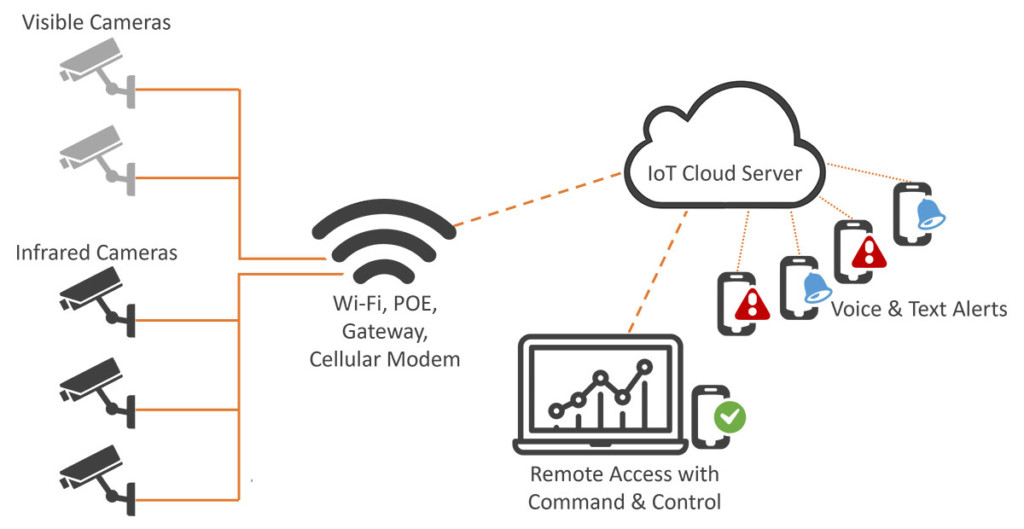
iEFD IIoT Pile Monitoring Diagram
Conclusion
MoviTHERM iEFD does not replace existing fire detection and response protocols. Instead, the system functions as an early warning system – detecting areas where ignition may occur. New detection methods for heat, smoke, and fire are in continual development and include wireless capabilities that make integration into MoviTHERM iEFD a straightforward exercise. Beyond alarms and notifications, MoviTHERM iEFD uses IIoT connectivity to provide automation controls like initiating and directing an extinguishing system.
Because MoviTHERM iEFD leverages cloud computing, it requires less hardware with a reduced installation burden and cost than legacy detection systems. Available communication technology can be added to existing detectors, making MoviTHERM iEFD retrofitting easy. By warning earlier on the pathway to ignition, those responsible for coal inventory management can avert costly and potentially life-threatening fires before they are permitted to start and spread.
MoviTHERM has installed its IIoT iEFD system for coal pile monitoring and has the expertise to advise facility owners and managers about upgrading existing monitoring systems or prescribing its new iEFD system.
About MoviTHERM:
MoviTHERM – Advanced Thermography solutions was founded in 1999. The company offers solutions for plastic welding, package sealing, and non-destructive testing. In addition, MoviTHERM provides IoT Cloud monitoring solutions for thermal imaging applications for early fire detection, machine condition monitoring, and other applications. MoviTHERM is a Teledyne FLIR Premium Partner and master distributor for FLIR Thermal Cameras for automation and science applications.

